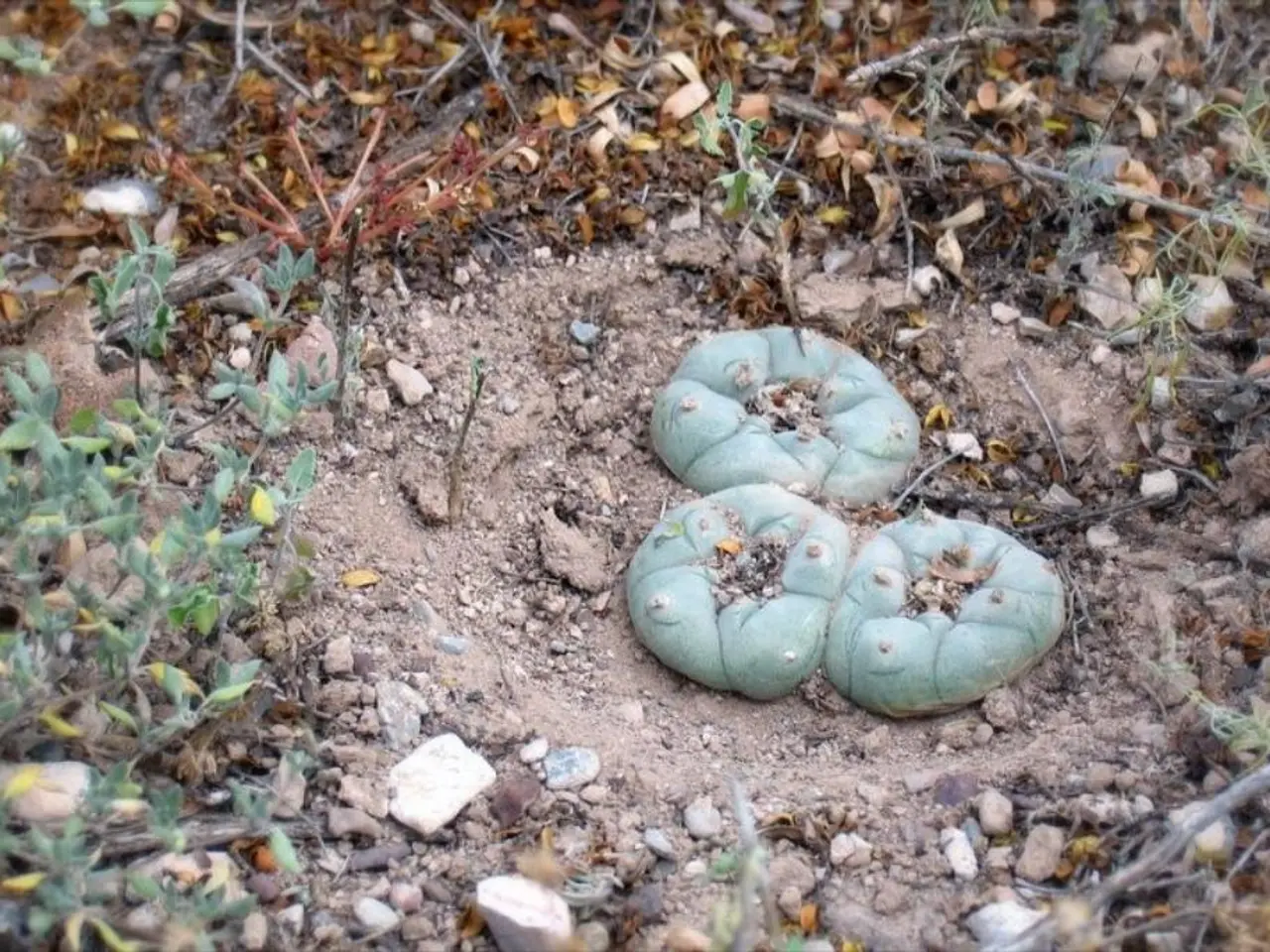Kickstart Your Spring Vegetable Garden with a Boom!
Planting Suitable Vegetables in March for a Fruitful Harvest throughout the Growing Season
Springtime, with its chill turning into a kiss of warmth, is the perfect moment to rev up your vegetable garden. The lingering cool weather creates an idyllic climate for numerous early-season crops to flourish, ensuring a fruitful harvest as summer approaches. Whether you've got a backyard garden, balcony, or container set-up, planting the right vegetables in March will guarantee you a successful garden adventure.
Vegetables Worth Their Space in March
Ready to fill your garden with some delectable, nutritious veggies? Here's a line-up of the top-notch veggies to drop seeds into the March earth.
1. Carrots
Carrots are a fantastic cool-weather crop, sprouting best in soil temperatures ranging between 45°F and 85°F. March's mild weather allows optimal root growth, leading to sweet and crunchy carrots in no time! Just make sure to sow seeds directly in well-drained, loose soil to prevent root deformities. Consistent watering and careful thinning of seedlings will ensure a healthy and bountiful crop.
2. Lettuce
Lettuce is a breeze to cultivate and harvests fast. It delights in cool temperatures and can be cropped multiple times via the cut-and-come-again method. Romaine, butterhead, and leaf lettuce are great picks for March, as they withstand light frost.
3. Peas
Peas adore cool weather, so March is ideal for planting them. Both snap peas and shelling peas can be sown directly into the soil, with quick growth before the hotter temperatures arrive. To promote upward growth and minimize the risk of disease, provide a trellis or support structure.
4. Spinach
Spinach is a hearty, cold-weather leafy green that thrives in early spring. It matures swiftly and can be harvested in a mere few weeks. Spinach prefers well-drained soil and consistent moisture, resulting in tender, mouthwatering leaves. Plan to plant successive crops every few weeks to maintain a continuous harvest.
5. Radishes
Radishes are among the fastest-growing vegetables, typically ready for a munch in about 25-30 days. They prefer cooler temperatures, making March an excellent time to plant them. Seed planting into loose, fertile soil, thinning as they grow, will assure proper root development and a speedy harvest. Radishes and carrots make delightful companions in the garden, as radishes help loosen soil around carrot roots.
6. Kale
Kale is an impressive nutritional powerhouse that flourishes in cooler temperatures. Planting in March guarantees tender leaves before the fiery heat of summer arrives. Kale can withstand frost, making it a dependable crop for early spring plantings. Regularly plucking outer leaves encourages continuous growth.
7. Beets
Beets are another fantastic choice for March plantings. They acclimate well to cool soil and double as roots and greens. By keeping the soil consistently moist, you ensure even germination, and thinning seedlings as necessary promotes healthy root development. These versatile veggies can be enjoyed roasted, pickled, or in salads.
Prepping Your Garden for Spring Bloom
Ready to get your garden garden-ready? Following these crucial steps will pave the way for a thriving growing season:
- Clean Up: Clear out dead plants, weeds, and debris using the right gardening tools. This prevents pests and diseases from lingering.
- Soil Testing: If you haven't already, test your soil for pH and nutrient levels to better understand what amendments you might need.
- Amend the Soil: Add organic matter like compost, well-rotted manure, or peat moss to improve soil structure and fertility. Mix it well into the topsoil.
- Loosen the Soil: Use a gardening fork or tiller to aerate the soil to about 12 inches deep, breaking up compacted areas. This boosts root growth.
- Plan Your Layout: Based on sunlight and space requirements, determine where you'll plant each vegetable. Position taller plants on the north side to prevent shading shorter ones.
- Create Rows or Beds: Decide whether raised beds or traditional rows suit your garden style better, ensuring there's ample space between plants for air circulation.
- Water the Area: If the soil feels dry, water it before planting to make sure seeds and seedlings are well hydrated.
- Mulch (Optional): After planting, consider placing a layer of mulch in your garden to help retain moisture, suppress weeds, and regulate soil temperature. You can also install landscape fabric.
- Choose Your Seeds/Plants: Select suitable seeds or seedlings for your specific climate and March planting conditions.
- Monitor Weather: Keep an eye on the weather, especially for unexpected frosts, protecting more tender vegetables.
Pro tips for a Successful March Garden
- Start with seedlings rather than seeds when possible, grabbing a head start and speeding up the growth process.
- Be cautious with root vegetables like carrots and parsnips - transplanting can damage their taproots.
- Make use of cold frames or mini greenhouses to warm soil and create ideal germination conditions.
- Choose cold-tolerant vegetables, such as spinach and carrots. Spinach improves when pre-soaked in a damp paper towel for a few days, while carrots can withstand light frost once established.
- Plan successive plantings every few weeks to extend your harvest season, such as planting turnips in August for November harvests, following summer crops.
- Train and prune vining crops like cucumbers to maximize space, and pinch off growing tips of squash plants for increased fruit production.
- Mulch with grass clippings to conserve soil moisture, protect roots, and reduce weed competition.
- Water transplants daily to keep the soil moist, but not overly waterlogged.
So, go ahead! Plant those veggies and enjoy the bountiful rewards of a thriving March garden. Happy growing!
- Aside from vegetable gardening, consider incorporating health and wellness into your lifestyle by exploring fitness and exercise routines for a balanced approach to springtime.
- Boost your nutritional intake by incorporating the fruits and vegetables you've grown in creative and delicious ways, such as cooking them into meals or juicing them for a vitality boost.
- Finding the right recipes, arranged according to your preferences and dietary needs, can elevate your culinary experience. Try exploring online cookbooks dedicated to food and drink or experimenting with different combinations in your own kitchen for a dining adventure.
- Once you've revitalized your home and garden, reflect on your overall living space. If you're in the mood to take on a new project, embrace the concept of sustainability by transforming aspects of your home and garden using eco-friendly materials, practices, or design ideas inspired by the lifestyle movement. Spend some time in your revamped home and garden, appreciating the symphony of nature and human ingenuity.




